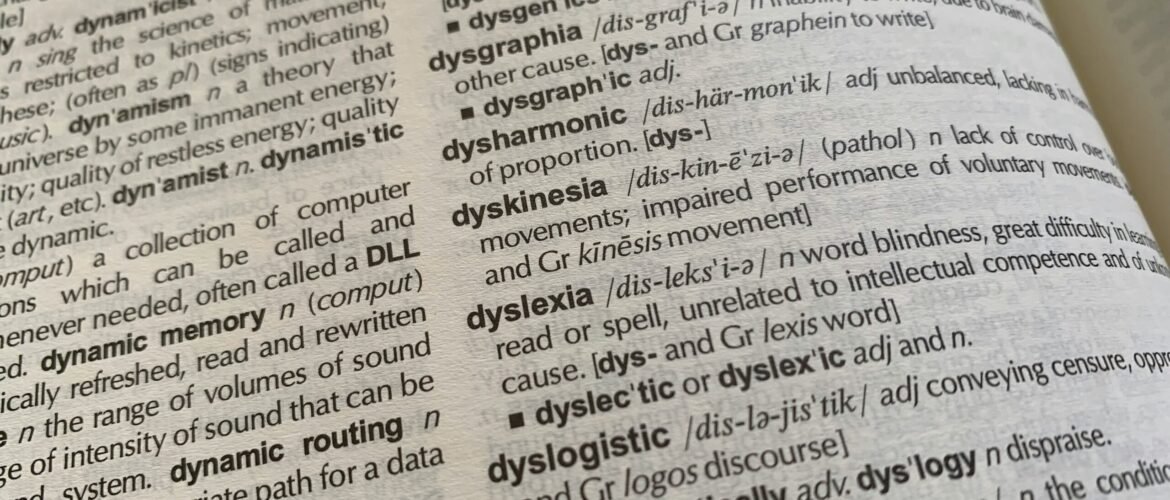Blog
Understanding Dyslexia and its Types
- March 13, 2024
- Posted by: SEETHALAKSHMI SIVAKUMAR
- Category: Education

This post does not exist.
Understanding Dyslexia
Dyslexia is a learning disorder that affects a person’s ability to read, write, and spell. It is a neurological condition that affects the way the brain processes language. People with dyslexia often have difficulty with phonological processing, which means they struggle to recognize and manipulate the sounds in words.
Dyslexia is not a reflection of a person’s intelligence or effort. It is a specific learning disability that can affect people of all ages, backgrounds, and levels of intelligence. It is estimated that around 10% of the population has some form of dyslexia.
The Seven Types of Dyslexia
While dyslexia is a broad term that encompasses various difficulties with reading and language processing, there are seven specific types of dyslexia that are commonly recognized:
1. Phonological Dyslexia
This type of dyslexia is characterized by difficulties with phonological processing, which is the ability to recognize and manipulate the sounds in words. People with phonological dyslexia often struggle with phonemic awareness, phonological memory, and phonological retrieval.
2. Surface Dyslexia
Surface dyslexia is characterized by difficulties with sight word recognition. People with this type of dyslexia have trouble recognizing words by sight and rely heavily on phonological decoding strategies to read.
3. Rapid Naming Dyslexia
Rapid naming dyslexia is characterized by difficulties with rapid automatized naming (RAN), which is the ability to quickly name familiar objects, colors, or symbols. People with this type of dyslexia often struggle with fluency and speed in reading.
4. Double Deficit Dyslexia
Double deficit dyslexia is characterized by difficulties with both phonological processing and rapid naming. People with this type of dyslexia often have significant difficulties with reading accuracy, fluency, and comprehension.
5. Visual Dyslexia
Visual dyslexia is characterized by difficulties with visual processing. People with this type of dyslexia may have trouble recognizing and remembering visual symbols, such as letters and numbers.
6. Auditory Dyslexia
Auditory dyslexia is characterized by difficulties with auditory processing. People with this type of dyslexia may have trouble distinguishing between similar sounds or processing auditory information quickly.
7. Attentional Dyslexia
Attentional dyslexia is characterized by difficulties with attention and focus. People with this type of dyslexia may have trouble sustaining attention while reading or may easily become distracted.
Symptoms of Dyslexia
The symptoms of dyslexia can vary from person to person, but some common signs include:
- Difficulty with reading, writing, and spelling
- Slow reading speed and poor reading fluency
- Trouble recognizing and manipulating sounds in words
- Difficulty with phonemic awareness and phonological processing
- Trouble with sight word recognition
- Difficulty with rapid naming and fluency
- Problems with visual or auditory processing
- Difficulty with attention and focus
It’s important to note that not all individuals with dyslexia will exhibit the same symptoms, and the severity of symptoms can vary. If you suspect that you or someone you know may have dyslexia, it is recommended to consult with a qualified professional for a comprehensive evaluation and diagnosis.

Understanding dyslexia is a very important and interesting topic, and here it is explained very nicely and covered all the point related to understand dyslexia.
Thank you very much to the entire team of Emocare.
Thanks for sharing this article,I learnt different kind of dyslexia issues.
Additional information